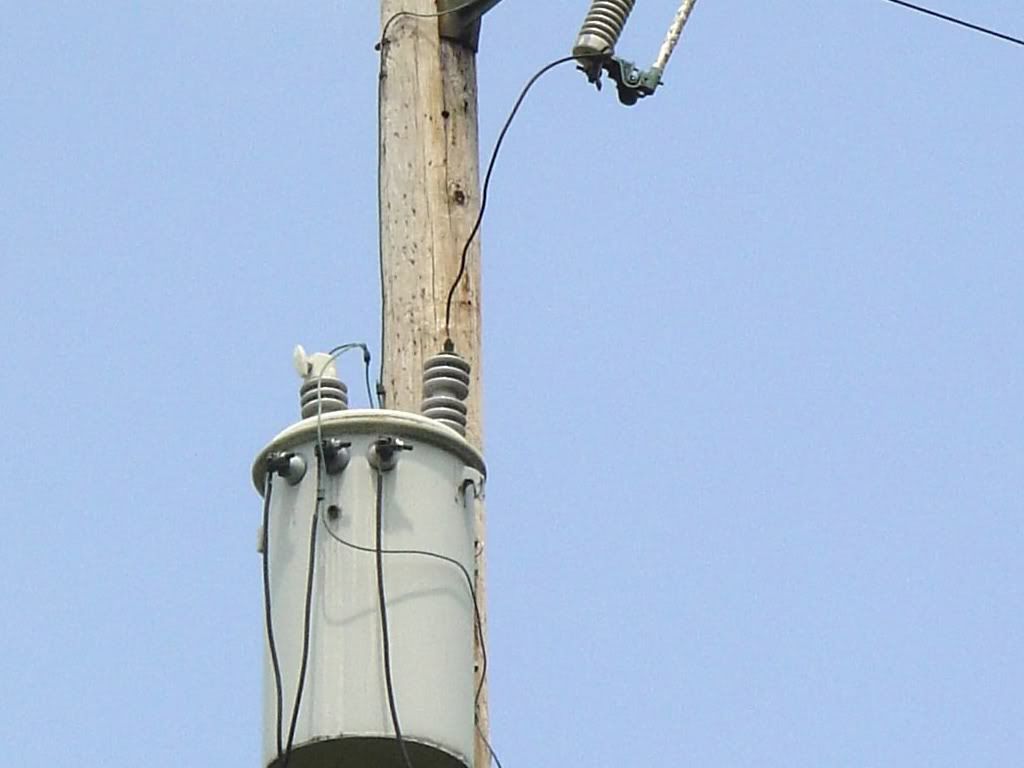quogueelectric
Senior Member
- Location
- new york
I think it is in kva
I think it is in kva
I think it is in kva
The one I am using at work says 37.5 I would guess that that is the kva rating on the can. Probably service 5 or 6 homes however this is just a guess on my part. What I di find out today was the answer to my question which ties into and opens up a lot of worm cans on this site as far as the grounding positions . I emailed a long time friend about where the other side of the primary winding was connected and he is a longtime lineman for the local power company. This was his response ( "every transformer has a primary nuturel/ground that goes to ground but not every pole.Only tranformer/switch poles have down grounds.And poles that have lighting aresters/high voltage equipment.The down grounds are #6 cu and a 8ft ground rod. I hope this helps." ) so current does flow to ground on a regular basis contrary to the anti grounding group on this site. as far as how many houses you can put on the xformer when I hooked up a 2400 amp temp servce to a large rudd xformer 1 13.2kva loadbreak to supply it I said to the power co guy this xformer is way overloaded he told me dont worry about it let me worry about it so I said you got it it never did blow up in 8 yrs or servicewptski said:How do you interpet the markings/size of the can? Along the same lines, how many residences are one can? Or does that depend??




